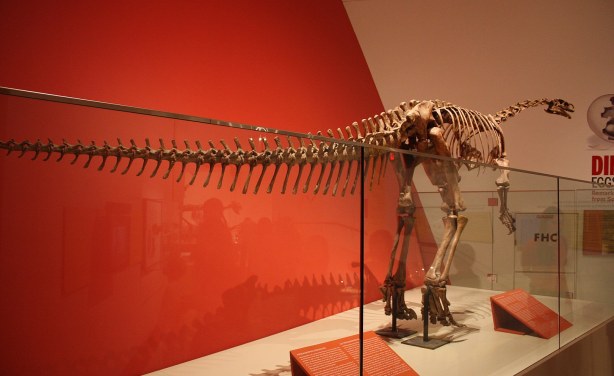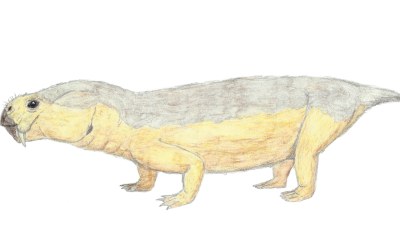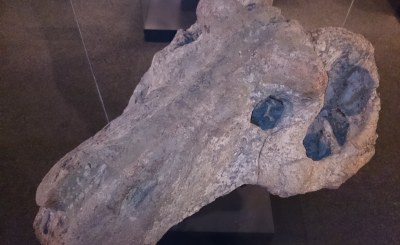-
South Africa: Dinosaur Skeleton Scans Build Up a Picture From Egg to Adult
The Conversation Africa, 16 June 2021
If you ask children what their favourite dinosaurs are, the answers will undoubtedly include T. rex, Triceratops and maybe Brachiosaurus. Those children answering the question in… Read more »
-
South Africa: What an Unusual Fossil Reveals About Parental Care Among Pre-Mammalian Ancestors
The Conversation Africa, 19 April 2021
South Africa's Karoo region is world famous for its wealth of fossil remains. Many of these are from long extinct land animals that lived between 280 and 200 million years ago.… Read more »
-
South Africa: New Study Reveals the Secrets of an Ancient, Extinct Super Predator
The Conversation Africa, 9 March 2021
Some 260 million to 265 million years ago, a huge creature called Anteosaurus roamed what is today the African continent. This period was known as the middle Permian - and… Read more »
-
South Africa: Paleontology, and the Future of Our Past
New Frame, 21 December 2020
Amid a climate crisis, the ancient stories in South Africa's fossils contain crucial lessons for the planet. But who the people are that reveal these stories is as important. Read more »
-
South Africa: The Study of Tiny Fossils Reminds Us That Museums Are Key to Advancing Science
The Conversation Africa, 16 September 2020
To some people, museums are a place to view curiosities or to learn more about our world. For others, museums are buildings that conserve history and heritage. Few will describe… Read more »
Fossil Scans Uncover Secrets of South African Dinosaur Growth
Since 2013, Kimberley Chapelle of the American Museum of Natural History has used an array of different methods - computerised tomography (CT) scans, statistics, studying the bones under a microscope - to answer questions about the development of Massospondylus, a South African dinosaur first described by scientists in 1854.
The more we learn about this species' growth and development, the better we're able to understand the diversity of animals and ecology 200 million years ago, Chapelle wrote for The Conversation. Although Massospondylus is teaching scientists a lot about early dinosaur evolution and growth, there is still a lot to learn about it. This includes learning more about the structure of its eggs, how long their incubation period was, or how the rest of the skeleton changed during growth.
InFocus
-
The "grey skull" fossil, which has been in the collections of the University of the Witwatersrand's Evolutionary Studies Institute since 1978, has been identified not only as a new ... Read more »
-
Professor Ron Clarke from the Evolutionary Studies Institute at the University of the Witwatersrand has unveiled 'Little Foot', the country's "oldest, virtually complete fossil ... Read more »

Skeletal mount of Massospondylus carinatus in the Royal Ontario Museum (file photo).




